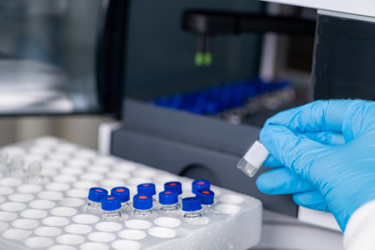Extractables & Leachables: Solutions For Risk Management And Analytical Testing
By Matthew St. Lawrence – Scientist II, Analytical Services; Todd Sprouse, M.S. – Manager, Analytical Services; and Erik Feldmann, Ph.D. - Technical Director, Early Stage Development & Testing, Cambrex

Extractables and leachables (“E&L”) studies are an essential component of regulatory filing to demonstrate product safety. Extractables — the chemical species that are released from the container closure/delivery/packaging system in a controlled laboratory study — and leachables — the compounds that are present in the drug product matrix as a direct result of their migration into the formulation under normal storage conditions — pose risk to the safety of a drug product. It is crucial to identify any risks of product adulteration that could present a risk of toxicity or affect stability and/or efficacy.
The results from E&L studies play an important role in determining whether the materials used in the containment-closure system impact patient safety due to the impurity profile potentially contaminating the sample. Study results may impact regulatory approvals and consequently cause clinical holds. However, depending on the container-closure system or medical device being evaluated, E&L studies can be very complex. Discover how partnering with a CDMO that offers comprehensive and robust E&L studies can help facilitate a smooth product launch by ensuring minimal impact from impurities, all while mitigating risks associated with the final product.
Get unlimited access to:
Enter your credentials below to log in. Not yet a member of Bioprocess Online? Subscribe today.
